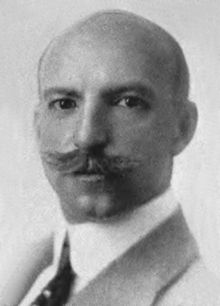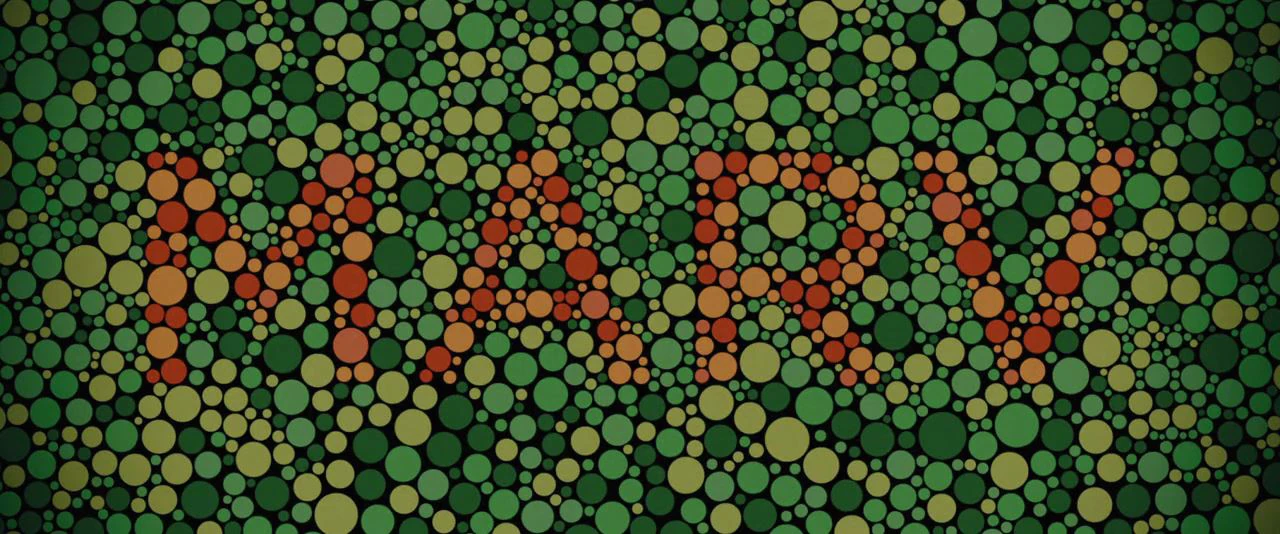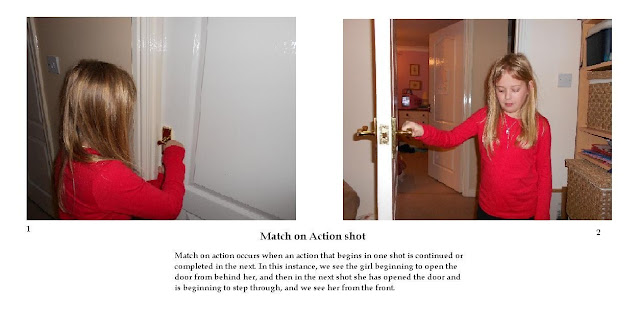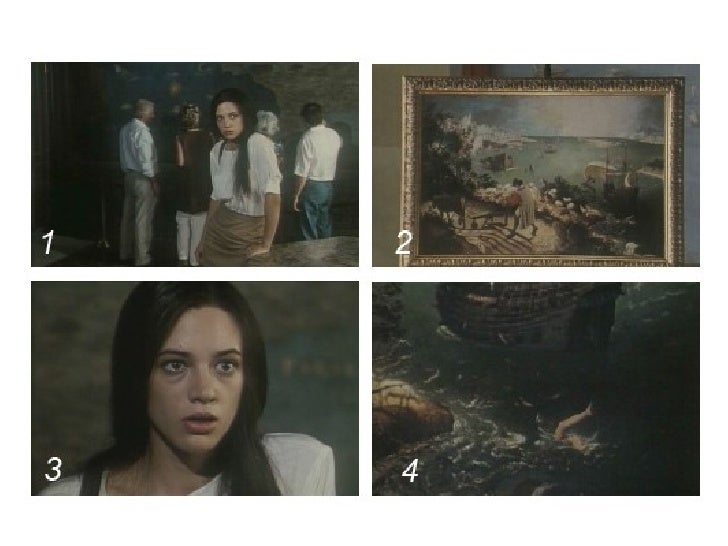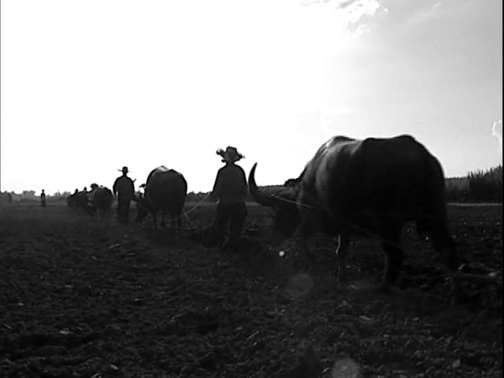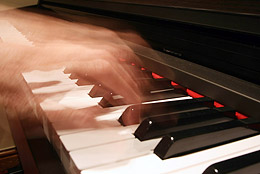Micro analysis essay of ‘the girls bully Gabriella’- Waterloo road clip
In the beginning of the clip there
is a medium long shot of the character ‘Gabriella’ in an establishing shot of
the girl’s toilets in which we can tell it’s the school toilets as the
character is wearing school uniform. To accompany this shot is a non-diegetic
sound of eerie suspenseful music, which foreshadows and acknowledges the
audience that something bad is about to occur. There is a match on action
transition as the character walks towards the mirror, which is followed by a
close up of the character fixing her uniform in which we hear the diegetic
sound of the door to the toilets open. Resulting in a jump shot and medium
close up of the character turning around, which cuts to an eye line match of
the bullies that enter the toilets through a medium long shot. This shows that
Gabriella is clearly scared. The walls are pink in the toilets, which
connotates relaxation. This contradicts Gabriella’s overall feelings as she is
feeling scared because of the bullies. This also, connotates femininity, which
is ironic as Gabriella had the intentions of coming out of the girl’s toilets
looking more presentable. However, looking unkempt as the bullies has done this
to her. Also, the fact that the colour pink connotates femininity emphasises
that the bullies are the opposite as they are quite masculine in how they
attack Gabriella.
The scene is followed by the
diegetic sound of dialogue which is a jump cut of close up shots of the
characters to emphasise their facial expression. Also, the medium long shot of
the bullies emphasises that she is outnumbered. There is an over the shoulder
close up between the characters to show which characters are talking to who. Then
there is a high angle of the bullies and Gabriella, which is thought to be like
CCTV. There are close ups and over the shoulder shots to emphasise that
Gabriella is trying to leave to avoid conflict, which also builds up tension to
foreshadow. Then there is a over the
shoulder extreme close up in which there is a match on action as the bullies
drag Gabriella to one of the cubicles. There is a eye line match as one of the
characters ‘Kacey’ watches Gabriella being dragged into one of the cubicles
with a look of shock not knowing that things were going to escalate this far,
which there is a diegetic sound of the toilet door slamming, Gabriella
screaming and the toilet flushing several times. Then there is a high angle
shot of Kacey as she looks at the other girls for help, which the high angle
belittles Kacey as she has let this happen. Kacey leaves in which the door of
the cubicle that Gabriella and the bullies are in are zoomed in on to emphasise
that Gabriella is helpless. This creates dramatic effect.
We see Kacey pacing about in the
corridor to emphasise her guilt and the fact that she doesn’t know what to do.
To accompany we hear the diegetic sound of eerie music to emphasise that
something is about to happen. There is a long shot of a teacher entering the
corridor in which sees the character Kacey in which there is diegetic sound of
dialogue between the two characters. The diegetic sound of screaming grows
louder, which acknowledges the audience that the teacher can hear this. The
teacher enters the girls toilets followed by Kacey in which there is an eye
line match between all of the characters present in that scene. This captures the
facial expressions of the bullies as they are shocked that the teacher is
there. Then there is a close up shot of Gabriella to emphasise the after effect
of what the bullies have done to her. We hear the diegetic sound of dialogue
between the teacher and the bullies as she orders them to get out of the
toilets. The diegetic sound of dialogue carries on but between the teacher and
Gabriella in which the teacher feels that Gabriella must of started the
conflict as the teacher has not asked whether Gabriella is okay or not.













